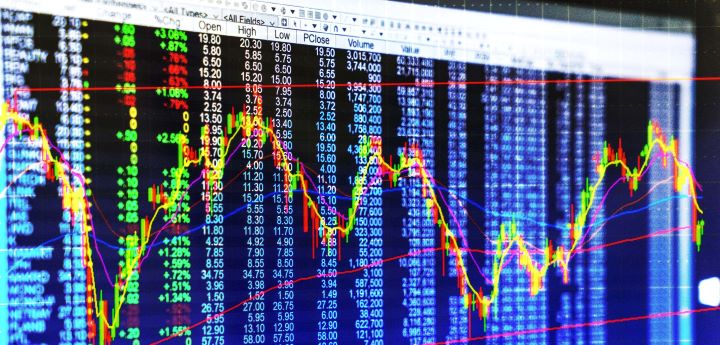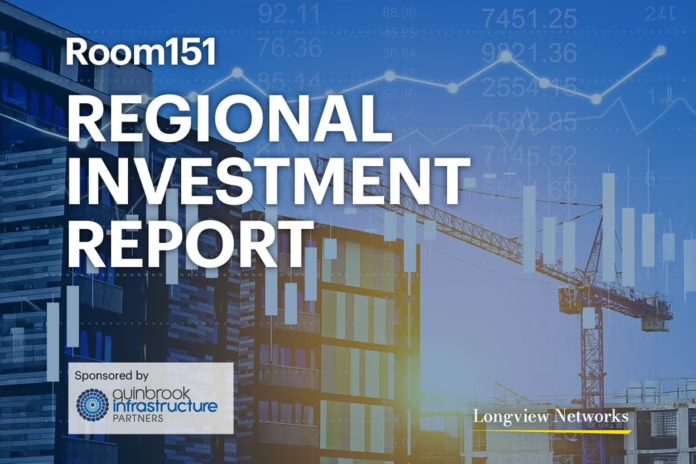Partner Content: CCLA Investment Management’s Ben Funnell writes that recession is inevitable in the UK and continental Europe in 2023, but markets will also be anticipating the recovery that will follow.
If 2021 was all about inflation and 2022 was all about interest rates, then 2023 will be all about recession. However, before we get too despondent, the year ahead will also be about markets anticipating recovery.
As investors, we must differentiate between economic conditions on the ground and what asset markets are pricing in. Asset markets are forward looking. The economic news may be bad today, but the good news for us as investors is that quite a lot of that is already priced into markets and it wouldn’t take much for them to recover their poise in the year ahead.
When it comes to the UK or continental Europe no-one falls off their chair when we say we expect recession. Indeed, one may have already started. Bloomberg’s poll of economists puts the odds of recession in the Eurozone at 80% and in the UK at 90%. This must be one of the most widely anticipated recessions ever, but that doesn’t mean it won’t happen.
We believe UK interest rate sensitivity via the mortgage market will be the critical driver, with 40% of all outstanding mortgages re-setting to much higher interest rates this year. In the Eurozone, the drag on activity from Putin’s war lingers, combined with incipient policy tightening and still sluggish export market demand.
The economic news may be bad today, but the good news for us as investors is that quite a lot of that is already priced into markets and it wouldn’t take much for them to recover their poise in the year ahead.
Call of the curve
The tougher call centres on the US economy. A lot of circumstantial evidence is in place suggesting we should brace for recession. The inversion of the yield curve is sounding the loudest alarm.
The curve’s track record in predicting recessions is impressive, with no false signals since at least the 1970s. It can be early, but it has not in the last 50 years been wrong. This is the fourth yield curve inversion this analyst has personally experienced. My memory of the other three was that each was dismissed as a technical inversion giving a false signal – ‘it’s different this time’. It never was different. Recession always followed.
In many ways, after two long and largely inflation-free cycles since the 2000 recession, this economic cycle is a return to the cycles of old. The anatomy of 20th century cycles was shaped by inflation. Late in the cycle, unemployment fell below NAIRU (the non-accelerating inflation rate of unemployment), capacity utilisation rose above sustainable levels and inflation took off. Corporates were unable to pass on cost inflation fully, so margins fell.
Central banks responded to inflation by raising interest rates and taking real rates positive. The yield curve inverted. Tougher financing conditions and falling margins pushed investment grade and high yield spreads wider. Companies responded to these signals by deferring investment and laying off workers. Only then did unemployment start to go up, and it only took a tiny (0.5% point) rise in the unemployment rate to confirm that a recession had started.
Using this checklist for the US economy today is a useful exercise. Low unemployment – tick. Inflation – tick. Falling margins – tick. Central bank policy tightening – tick. Corporate bond spreads wider – tick. Yield curve inversion – tick. Now we wait and watch labour market indicators, the timeliest of which is the weekly initial unemployment claims data. This is the dog that has not yet barked, but it feels as though it’s straining at the leash.
Ben Funnell is head of investment solutions at CCLA Investment Management. This is an extract from a longer article, which can be found here.
—————
FREE weekly newsletters
Subscribe to Room151 Newsletters
Room151 LinkedIn Community
Join here
Monthly Online Treasury Briefing
Sign up here with a .gov.uk email address
Room151 Webinars
Visit the Room151 channel














